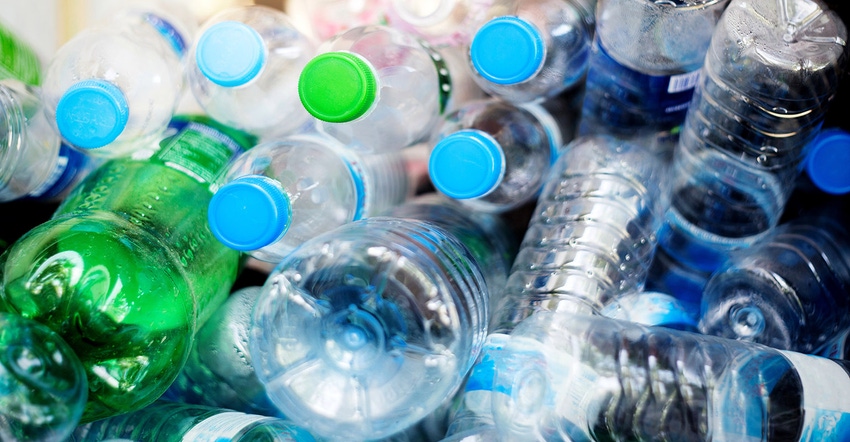The first of a four-part series of papers from libertarian think tank Competitive Enterprise Institute explains how plastics, in fact, benefit wildlife and the environment.
August 31, 2021

Several proposals before Congress that nominally want to end America’s “addiction” to plastics in reality are so extreme they could destroy the US plastics industry.
That is the position of the Competitive Enterprise Institute (CEI), a Washington, DC–based non-profit libertarian think tank, and it aims to set the record straight with a series of four in-depth, science-based papers. The first of those is published today, a 14-page piece detailing how plastics benefit wildlife and the environment. The other three papers will address the value that plastics bring to humanity, environmental facts and fallacies, and why legislation before Congress will not solve real problems related to litter.
The paper published today and authored by Angela Logomasini, PhD, a senior fellow at CEI, covers terrain familiar to most plastics professionals but it can serve as an eye-opening educational resource for the general public. It begins with a very readable description of how plastics are made before delving into why they were made in the first place, which may be a revelation to some.
Logomasini recounts the genesis of synthetic polymers and how plastic replaced ivory in billiard balls and other popular items, saving elephants from possible extinction. By one estimate, factories in Sheffield, England, alone required some 22,000 slaughtered elephants annually to furnish the ivory needed for various manufactured products. She traces the historical rise of plastics from the turn of the last century and illustrates how it benefited not only society but the natural world. She also explains the environmental advantages of plastics over such alternatives as paper and glass, which may be counter-intuitive to the general population (but probably not to you, dear reader).
As worthwhile and well-researched as this project is, it does beg the question: Will the public at large read this and will it have credibility in its eyes? I wondered about this given the libertarian leanings of CEI, and its antipathy to government regulations large and small. I asked, and here is what Logomasini responded.
“CEI is an independent nonprofit that that takes principled positions in favor of free markets and limited government, and our researchers support their policy positions with facts and data available for all to view and consider,” said Logomasini. “Our research presents information aimed at showing real world trade-offs that come with public policy choices, trade-offs that people may not have seen discussed elsewhere. Hopefully, people will assess the value of the information presented.”
That is a sensible statement. I hope she’s right.
You can read the first part of this series, “How Plastics Benefit Wildlife and the Environment,” and download it as a PDF on the CEI website.
About the Author(s)
You May Also Like




